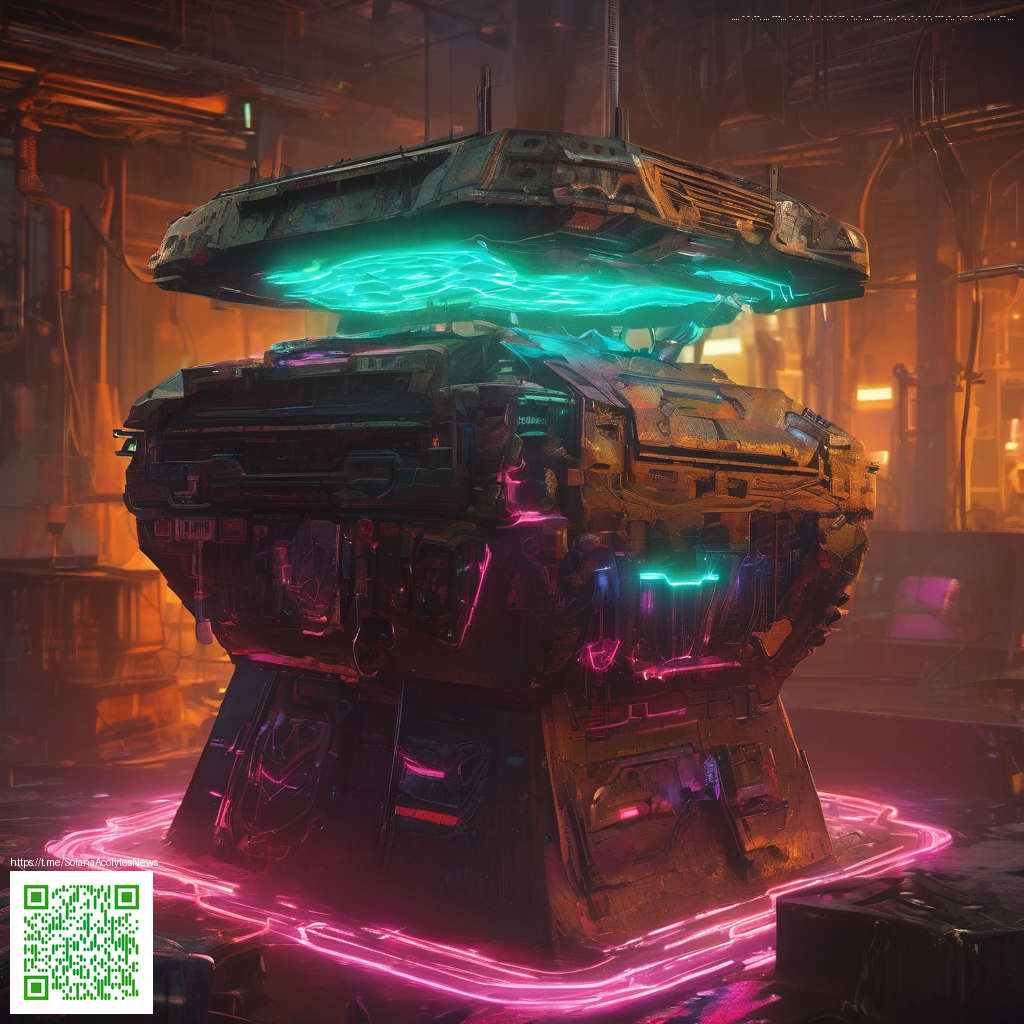
Sharpen Focus Through Time Blocking for Creators
In a world full of notifications, quick ideas, and endless to-dos, creators often struggle to convert inspiration into consistent output. Time blocking is a practical, repeatable approach that helps you turn scattered moments into meaningful progress. By reserving dedicated chunks of your day for specific tasks—whether you’re scripting, filming, editing, or designing—you can protect creative energy and reduce the mental chatter that drains momentum. ⏳💡
“Distractions aren’t just nudges; they’re doors. Time blocking closes those doors so you can walk through the one that matters—your creative work.”
The core idea behind time blocking
Time blocking isn’t about rigid rigidity; it’s about intentional structure. It gives your days a rhythm, so you don’t have to decide in the moment what to do next. When you predefine blocks for different tasks, you create a mental contract with yourself: you’ll focus on that task during this window, then switch gears confidently. For creators, this means fewer mid-project derailments and more opportunities to enter the flow state—that sweet spot where ideas come together with skill and effort. 🧭✨
What time blocking unlocks for creators
- Clarity about what to work on and when, reducing decision fatigue. 🧠
- Consistency by turning big projects into actionable steps scheduled across days. 📅
- Focus through dedicated deep-work windows, minimizing context switching. 🔒
- Momentum as your routine compounds, making creative sessions more productive over time. 🚀
- Work-life balance by carving out time for rest, resets, and personal priorities. 🌗
Practical steps to implement a daily block schedule
- Audit and map your current week. Track when you’re most alert and when interruptions spike. This helps you place your most demanding work during high-energy blocks. 📝
- Define block types—for example, deep creative blocks (60–90 minutes), planning and admin blocks (30 minutes), and review blocks (20 minutes). 🎯
- Allocate time blocks on a calendar day-by-day, with a realistic rhythm (e.g., 3–4 deep blocks per day, 1–2 lighter blocks). Leave small buffers between blocks to absorb spillover. ⏱️
- Create cues in your physical space. A tidy desk, a familiar ritual, or even a specific tool can become your focus cue. For many creators, a well-chosen workspace accessory signals the transition into “work mode.” 🧭
- Guard your blocks by turning off nonessential notifications and communicating boundaries to teammates or clients. Treat each block like a sprint you’re not willing to concede. 🔕
- Review and adapt at the end of each day. Note which blocks felt strong and where you fought distractions, then adjust for tomorrow. 🔄
To support that disciplined environment, many creators reach for a few simple desk upgrades that cue focus in the hours that matter. A small, tactile upgrade—such as a customized neon desk mat—can become a visual reminder to stay in the moment. For example, the Neon Desk Mouse Pad offers a customizable, one-sided print with a sturdy 0.12-inch thickness, blending aesthetics with durability. If you’re curious, you can explore it here: Neon Desk Mouse Pad. 🖱️✨
Beyond accessories, think about how you structure your day around your audience and workflow. A creator who edits videos might block mornings for rough-cut assembly, afternoons for color grading, and late afternoons for thumbnail design and metadata. A writer or educator might reserve blocks for outlining, drafting, and polishing—while leaving space for research and inspiration. The key is to design a routine that respects your natural energy cycles and the cadence of your projects. 📝🎨
When you share space with other people or teams, it’s especially helpful to publish your block schedule in a shared calendar or a simple plan doc. This transparency reduces interruptions and helps collaborators align with your rhythm. A well-communicated plan also makes it easier to honor your “creative blocks” without feeling guilty for saying no to certain requests. A calm, predictable workflow helps your brain stay in “creator mode” longer, which translates into better ideas and improved output. 🧠💪
Environment, routines, and tiny rituals
Don’t underestimate the power of a predictable pre-work ritual. It could be as simple as washing your coffee mug, booting up your preferred apps, or lighting a candle. These rituals create a psychological cue that signals the brain: “It’s time to work.” Combine these with your time blocks and you’ll notice fewer resistances when a block begins. Small changes—like a comfortable chair, a clean desk, and a reliable mouse pad—can compound into meaningful gains over weeks. 🕯️☕
“Great blocks don’t just organize your day—they organize your thoughts.”
If you want a quick, tangible upgrade to your workspace, consider checking the product mentioned earlier. It’s a practical reminder that the environment around you can reinforce your focus without adding friction to your workflow. And for readers who want a different reference point, the page at this resource offers ideas and visuals that complement a time-blocked routine. 🎨🧭